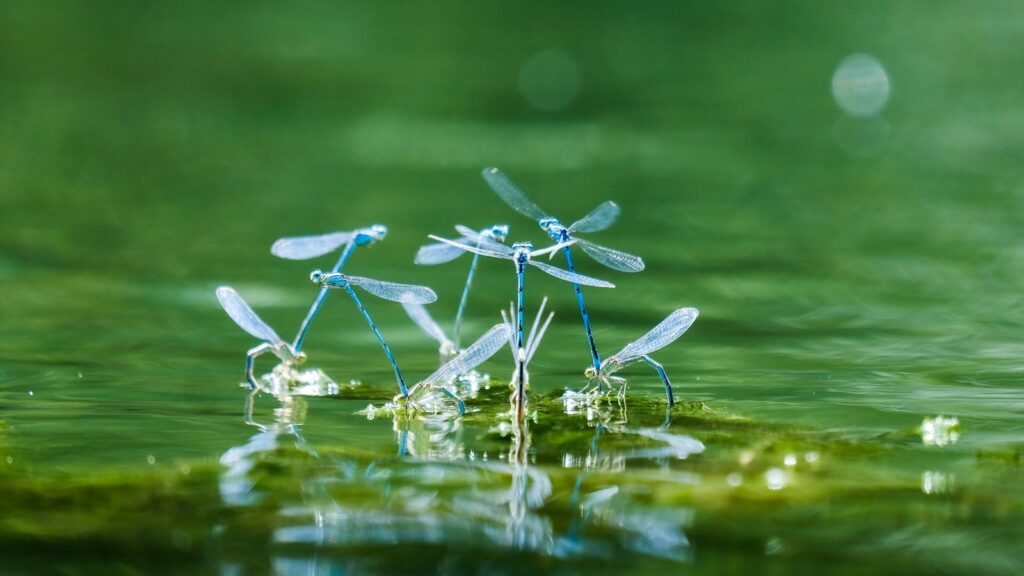
When we think of clean water ecosystems, our minds might jump to advanced filtration systems or chemical treatments. However, nature has its own remarkable cleaning crew working tirelessly beneath the surface of our rivers and lakes – insects. These tiny creatures form an essential component of freshwater ecosystems, serving as nature’s water purifiers. From breaking down organic matter to serving as bioindicators of water quality, aquatic insects play numerous vital roles in maintaining healthy waterways. Their contributions often go unnoticed, yet without them, our freshwater systems would face significant degradation. Let’s dive into the fascinating world of these minuscule maintenance workers and discover how they help keep our rivers and lakes clean.
The Underwater Cleanup Crew
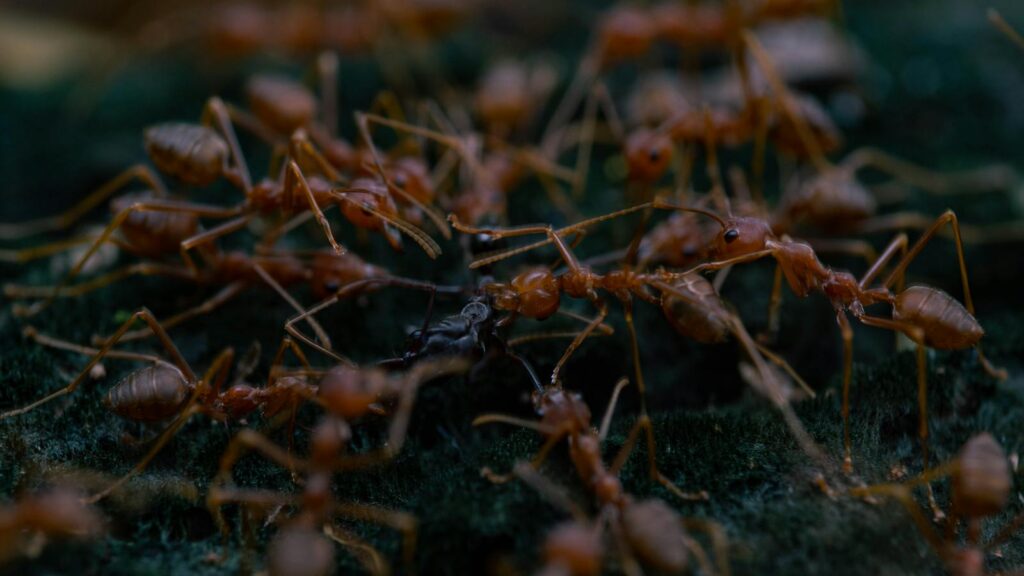
Beneath the surface of freshwater bodies, countless insects work as nature’s janitorial staff, breaking down and processing organic materials. Species like caddisfly larvae, mayfly nymphs, and various beetles consume decomposing plant matter, animal remains, and other detritus that would otherwise accumulate. This natural waste management system prevents excessive buildup of organic materials that could lead to oxygen depletion in the water. Without these insect decomposers, rivers and lakes would quickly become choked with debris. Their constant feeding activities help maintain the delicate balance needed for healthy aquatic ecosystems, effectively serving as the first line of defense against natural pollution.
Filter-Feeding Specialists
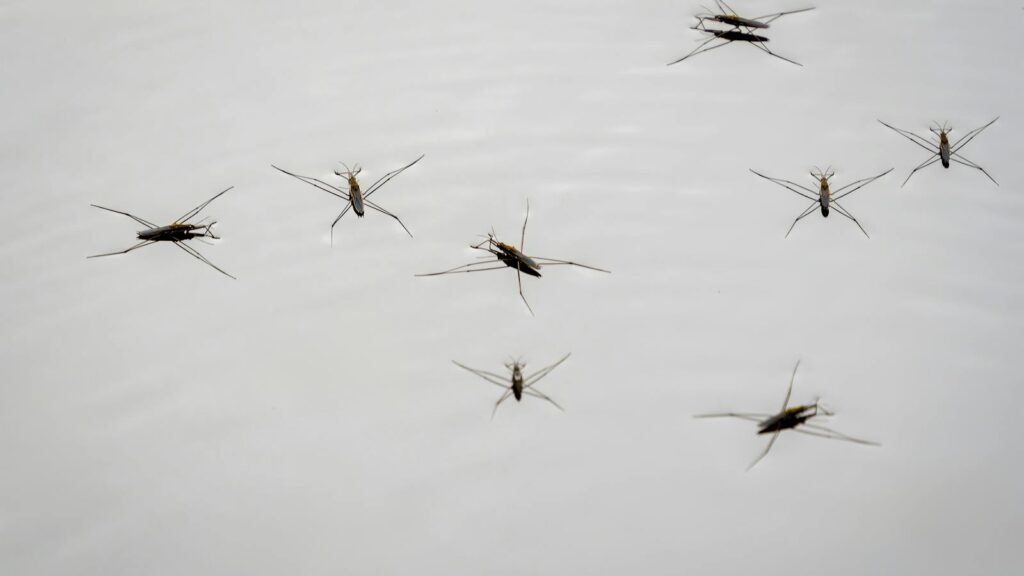
Many aquatic insects have evolved specialized feeding mechanisms that actively filter tiny particles from the water. Blackfly larvae attach themselves to rocks in flowing waters and use fan-like appendages to capture organic particles suspended in the current. Similarly, some midge larvae construct mucus nets that trap passing debris and microorganisms. These filtering activities collectively process enormous volumes of water daily, removing suspended particles and improving water clarity. The filtering effect is particularly important in slower-moving waters where sediment might otherwise remain suspended. This natural filtration complements other ecosystem processes and helps maintain water quality without any human intervention.
Nutrient Cycling Champions
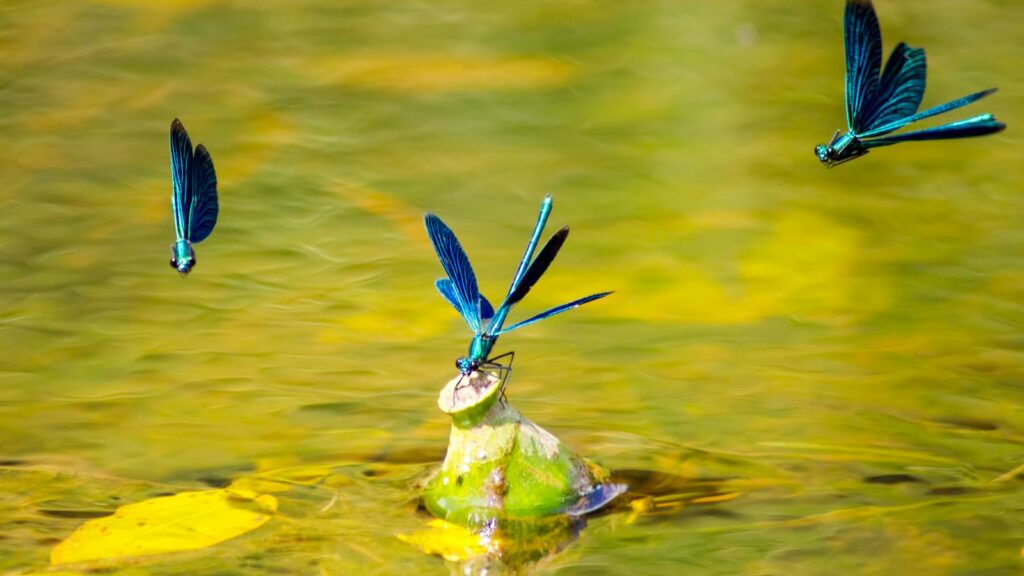
Aquatic insects serve as crucial links in nutrient cycles within freshwater ecosystems. As they consume organic matter, they break down complex compounds into simpler forms that can be used by other organisms. This process, known as nutrient cycling, ensures that essential elements like nitrogen, phosphorus, and carbon continue to move through the ecosystem rather than becoming locked away in decomposing matter. Without insects facilitating this process, nutrients would remain unavailable, disrupting the food web and ultimately affecting water quality. Their digestive activities essentially transform waste materials into usable resources, preventing nutrient imbalances that could lead to problems like algal blooms.
Nature’s Water Quality Indicators

Scientists and water quality experts rely heavily on aquatic insects as bioindicators of environmental health. Different insect species show varying levels of sensitivity to pollution, making their presence or absence a reliable indicator of water quality. For example, stonefly nymphs and certain mayfly species typically only thrive in clean, oxygen-rich waters, while some midge larvae can tolerate more polluted conditions. By surveying the insect communities present in a waterway, researchers can assess water quality without extensive chemical testing. This biological monitoring approach provides a comprehensive picture of water health that reflects conditions over time, rather than just a snapshot of current chemical parameters.
Sediment Stabilizers
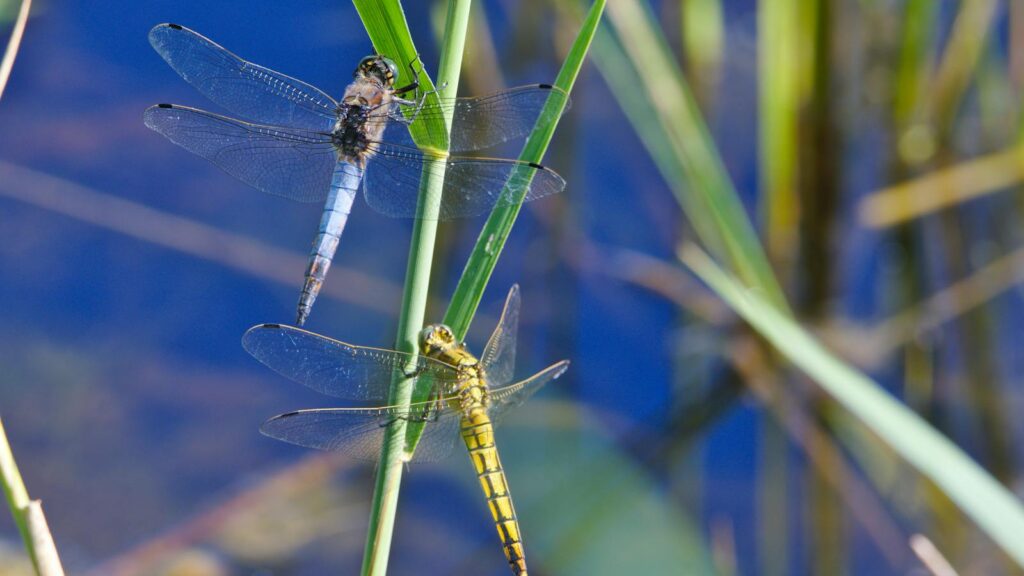
Many aquatic insects play a significant role in stabilizing sediments at the bottom of rivers and lakes. Burrowing species like dragonfly nymphs and certain mayfly larvae create networks of tunnels that increase water circulation through bottom sediments. This bioturbation process prevents compaction and allows oxygen to penetrate deeper into the substrate. Other insects, such as net-spinning caddisflies, construct silk structures that help bind sediments together, reducing erosion in flowing waters. These activities maintain healthier bottom environments and prevent excessive sediment disturbance that could cloud the water. By stabilizing the underwater landscape, insects help maintain clearer water and promote healthier conditions for all aquatic life.
Algae Controllers

Excessive algal growth represents one of the most common water quality issues in freshwater systems, but certain insects help keep these photosynthetic organisms in check. Grazing insects like water boatmen, backswimmers, and various beetle larvae feed directly on algae, preventing overgrowth that could lead to harmful algal blooms. Their constant grazing pressure helps maintain balanced algal communities rather than allowing single species to dominate. This natural form of biological control is particularly important in nutrient-rich waters where algae might otherwise proliferate rapidly. By managing algal populations, these insects indirectly maintain appropriate oxygen levels and prevent the water quality deterioration associated with algal die-offs.
The Shredders of the Underwater World
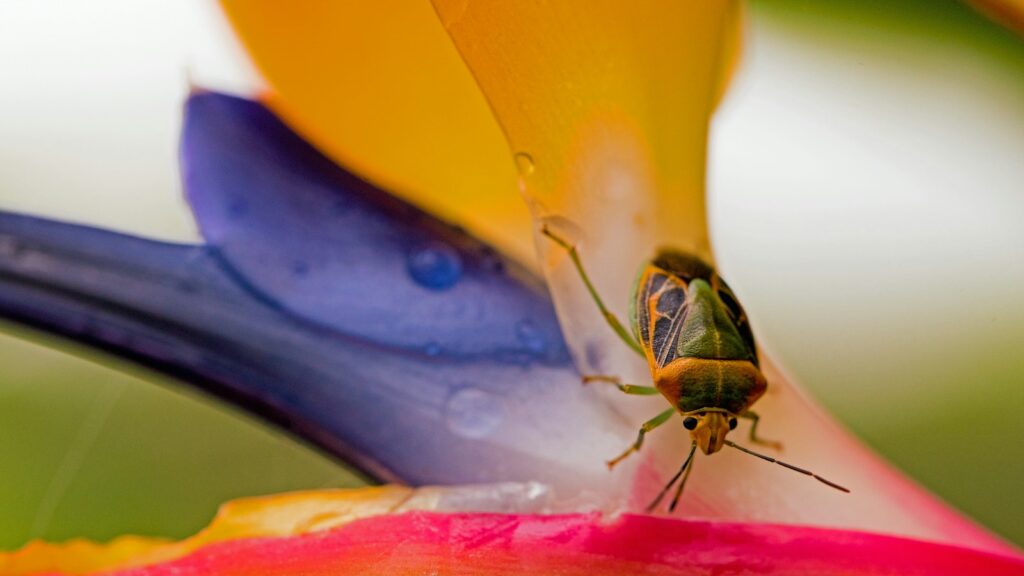
Leaf litter and other plant materials that fall into rivers and lakes must be processed for the ecosystem to function properly, and certain insects specialize in this crucial task. Known as “shredders,” insects like crane fly larvae and certain species of stoneflies and caddisflies break down leaves and woody debris into smaller pieces. This initial processing makes the material more accessible to other decomposers and speeds up the entire decomposition process. Without these shredder insects, organic matter would accumulate much more quickly, potentially overwhelming the system. Their specialized feeding habits ensure that even tough plant materials eventually break down and release their nutrients back into the aquatic environment.
Ecosystem Engineers

Some aquatic insects actually modify their physical environment in ways that improve water quality and ecosystem function. Caddisfly larvae build protective cases from small stones, plant fragments, or sand grains, creating miniature structures that can influence water flow patterns. Net-spinning caddisflies construct silk nets between rocks that filter particles from the water while creating microhabitats for other organisms. These physical modifications of the environment can enhance local water quality by increasing aeration or trapping sediments. The cumulative effect of millions of these tiny engineers working simultaneously creates cleaner, more diverse aquatic habitats. Their construction activities provide ecosystem services that would be extremely difficult to replicate through artificial means.
Connecting Aquatic and Terrestrial Environments
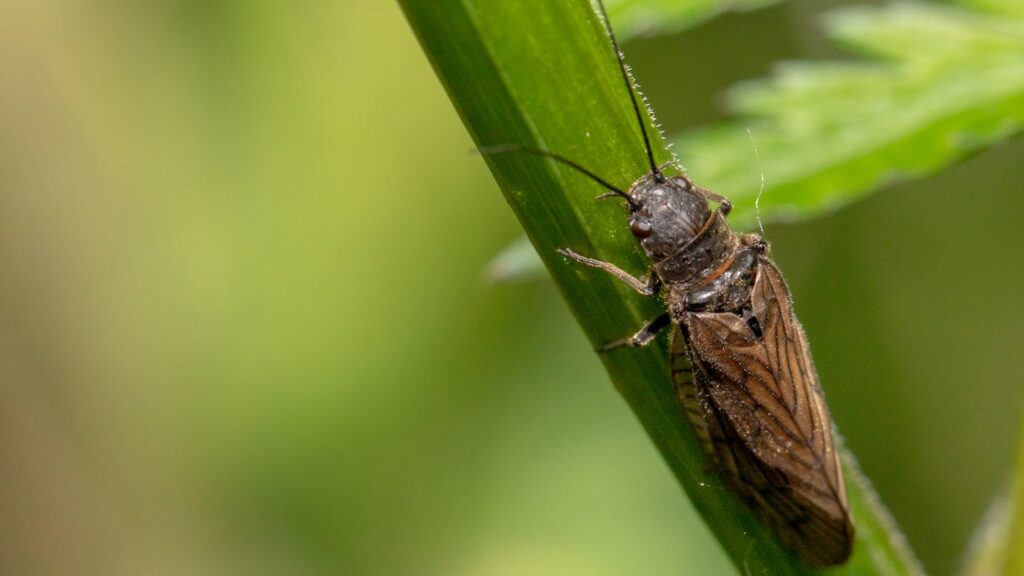
Aquatic insects with aerial adult stages, such as mayflies, stoneflies, dragonflies, and caddisflies, serve as critical links between water and land ecosystems. When these insects emerge from the water as adults, they transport nutrients and energy from aquatic systems to terrestrial environments. This movement represents an important pathway for removing excess nutrients from the water, effectively exporting materials that might otherwise contribute to water quality problems. The mass emergences of certain species can transfer significant amounts of nitrogen and phosphorus from aquatic to terrestrial systems. This natural nutrient export service helps maintain balanced nutrient levels in the water, preventing conditions that could lead to harmful algal blooms or other water quality issues.
Biodiversity Supporters

Aquatic insects form the foundation of freshwater food webs, supporting biodiversity that contributes to overall ecosystem health and water quality. As primary consumers of algae and detritus, they convert these resources into protein-rich insect biomass that feeds fish, amphibians, birds, and other wildlife. This energy transfer supports diverse and stable ecological communities capable of withstanding environmental stresses. Healthy biodiversity, in turn, contributes to better water quality through more complete utilization of resources and more efficient ecosystem processes. The presence of numerous species with overlapping ecological roles ensures that important functions like decomposition and filtration continue even if some species decline. This ecological redundancy provides resilience against both natural fluctuations and human-caused disturbances.
Pollution Processors
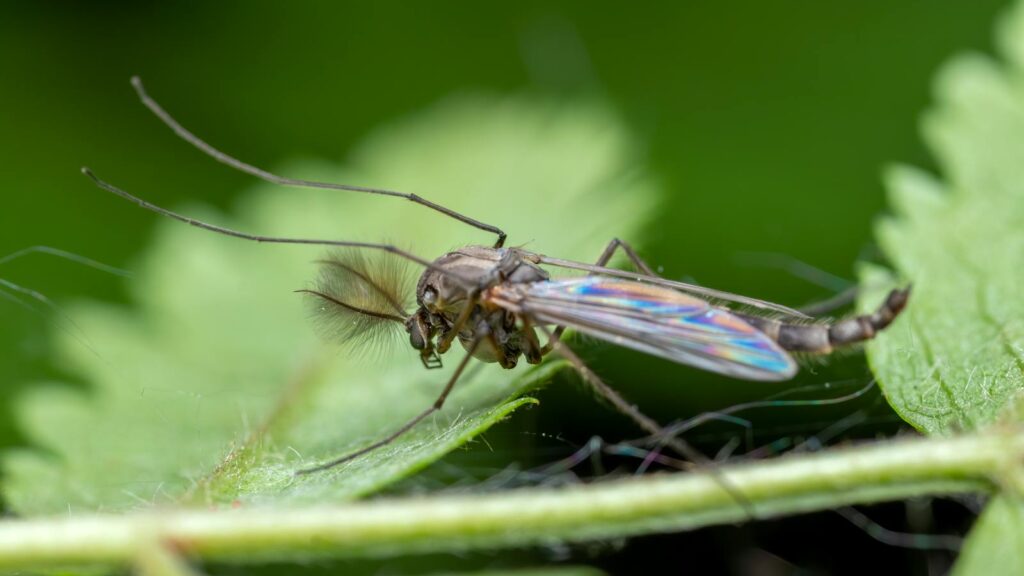
Remarkably, certain aquatic insects demonstrate the ability to process or neutralize specific pollutants that enter waterways. Some chironomid larvae (midges) can detoxify heavy metals by binding them in special proteins, effectively removing these contaminants from circulation in the ecosystem. Other insects accumulate toxins in their tissues, sequestering harmful substances that might otherwise affect more sensitive organisms. While these insects aren’t capable of remediating heavily polluted waters, they provide valuable ecosystem services in moderately impacted systems. Their abilities to process certain pollutants complement other natural purification processes and can contribute to the resilience of aquatic ecosystems. Scientists are increasingly studying these natural detoxification mechanisms for insights that might inform bioremediation technologies.
Threats to Nature’s Water Purifiers

Despite their ecological importance, aquatic insects face numerous threats that compromise their ability to maintain water quality. Chemical pollution, habitat destruction, altered flow regimes, invasive species, and climate change all impact insect populations in freshwater systems. Pesticides, particularly neonicotinoids, can persist in aquatic environments and harm non-target insect species even at very low concentrations. The channelization of rivers, removal of riparian vegetation, and construction of dams significantly alter the habitats these insects require. As aquatic insect populations decline, their water-purifying ecosystem services diminish correspondingly, potentially creating a downward spiral of degrading water quality. Protecting these crucial but often overlooked creatures requires comprehensive watershed management approaches that address multiple stressors simultaneously.
Conservation and Restoration Strategies
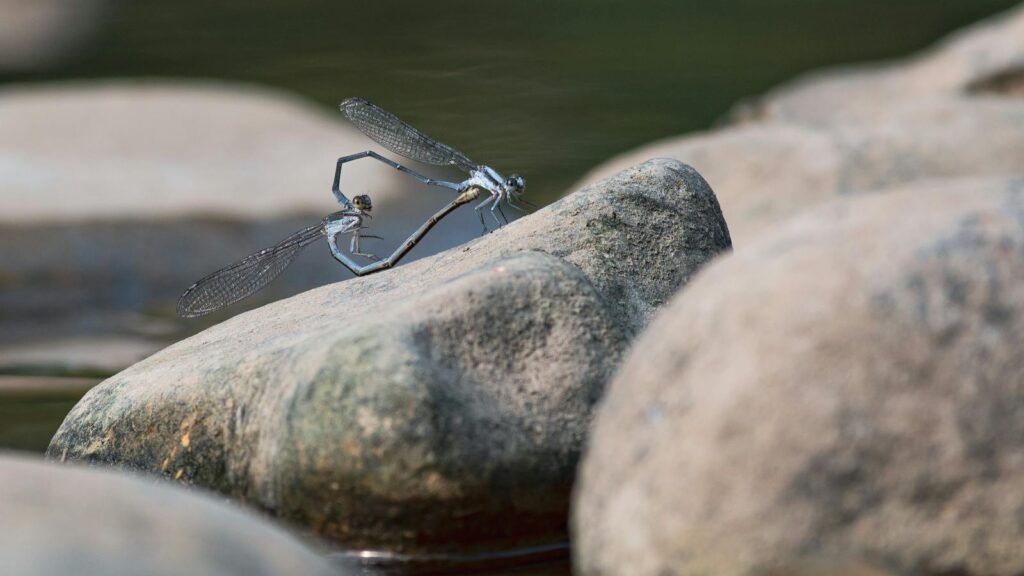
Recognizing the vital role of aquatic insects in maintaining water quality, conservation efforts increasingly focus on protecting these tiny ecosystem engineers. Restoration projects now commonly include elements specifically designed to support diverse insect communities, such as the addition of various substrate types, creation of flow diversity, and planting of riparian vegetation. Biological monitoring programs track insect populations as indicators of restoration success or ongoing problems. Improving wastewater treatment, reducing agricultural runoff, and implementing stricter controls on industrial discharges all help protect the sensitive species that contribute most to water purification. These conservation approaches acknowledge that healthy aquatic insect populations represent a cost-effective, sustainable approach to maintaining clean water in our rivers and lakes.
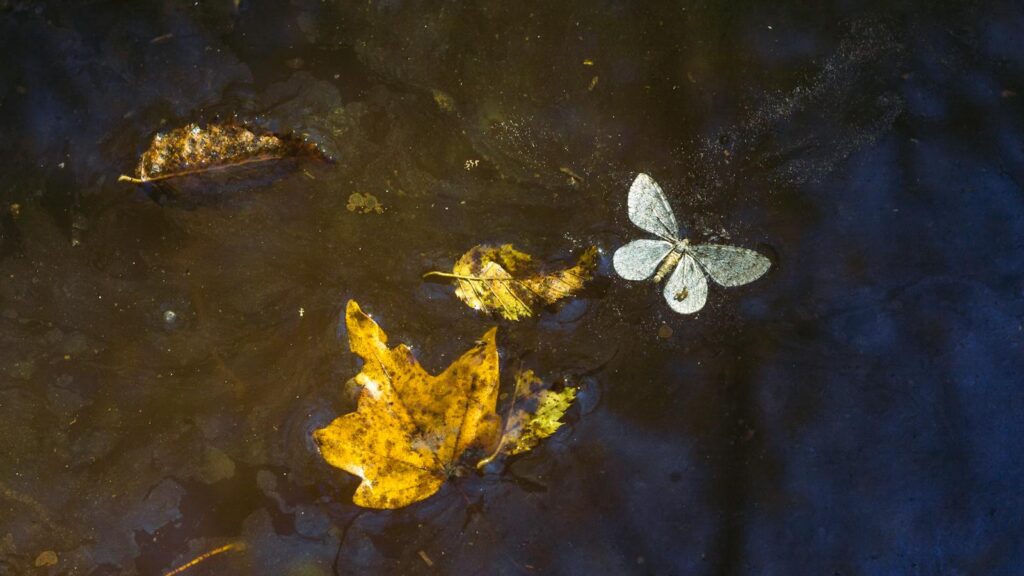
The next time you enjoy the clear waters of a healthy lake or river, remember to appreciate the countless insects working beneath the surface. These remarkable creatures—from industrious caddisfly larvae constructing their intricate cases to the darting nymphs of dragonflies patrolling for prey—collectively maintain water quality through their feeding, moving, building, and reproducing activities. Their ecosystem services, provided free of charge, would be impossibly expensive to replace with technology. As we face increasing challenges to freshwater ecosystems worldwide, protecting these natural water purifiers becomes not just an ecological imperative but an economic one as well. By understanding and conserving aquatic insects, we invest in nature’s own sustainable water treatment system, benefiting both wildlife and human communities that depend on clean freshwater.
